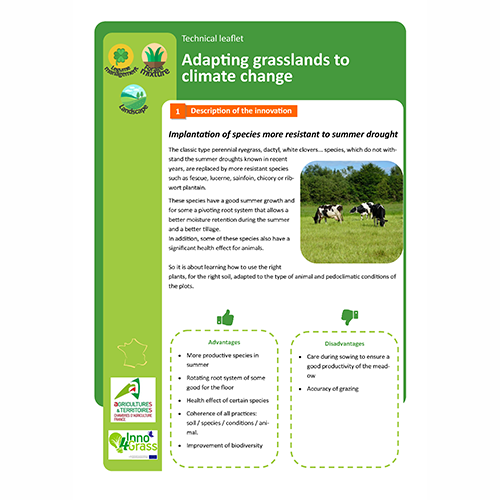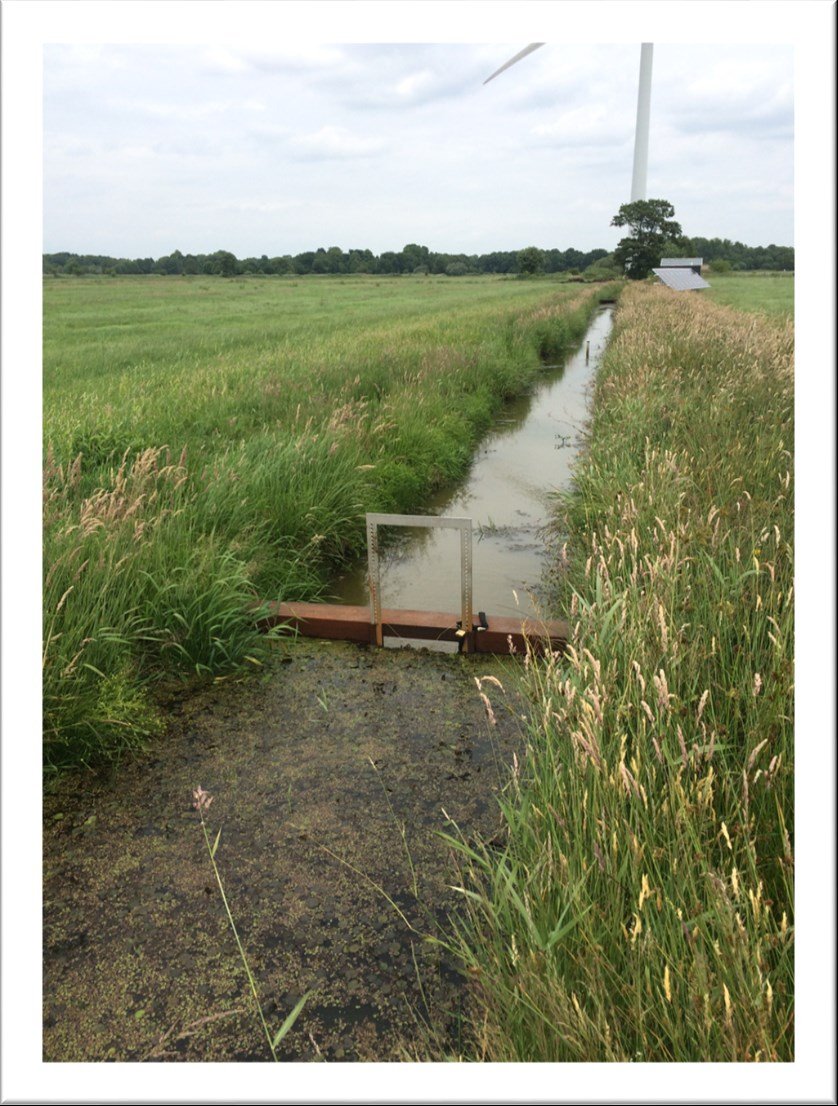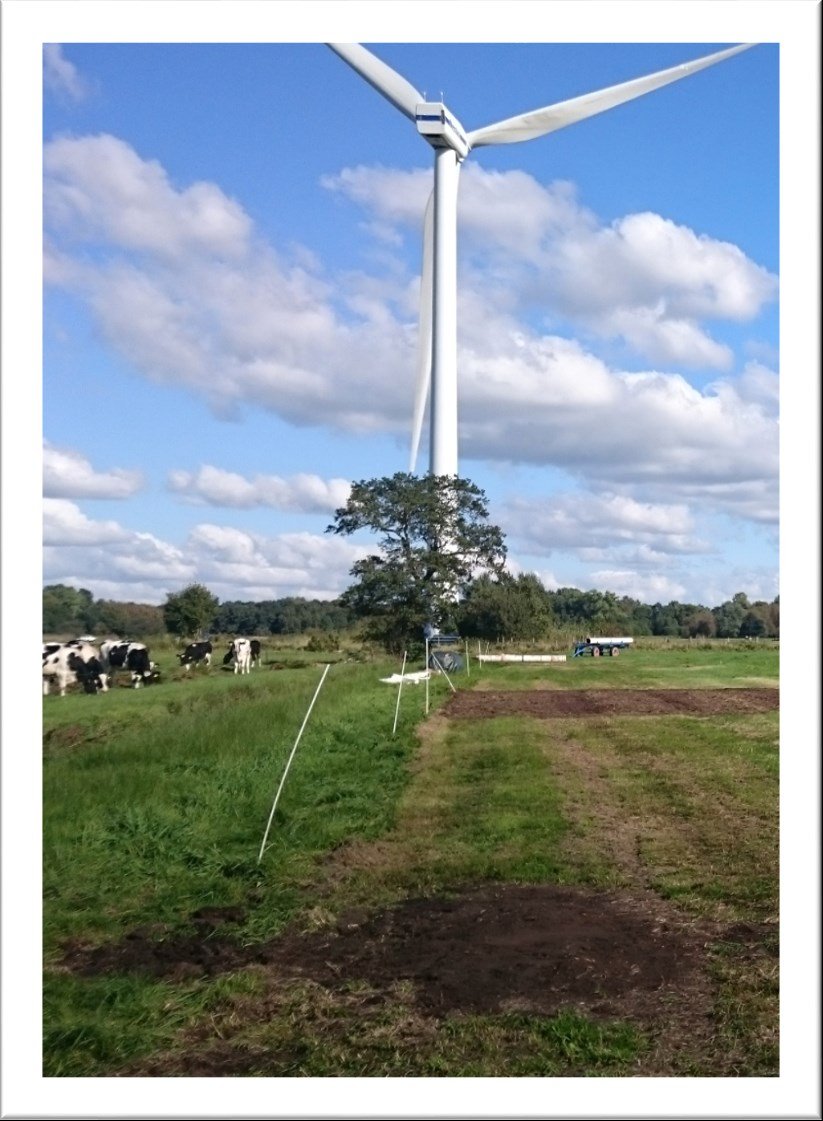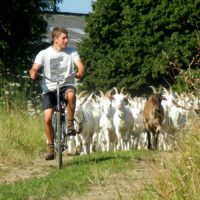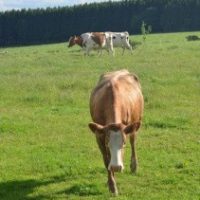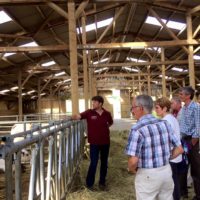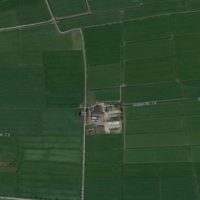Increasing the water level to reduce the emission of greenhouse gas
Description
Description of the innovation
Heiko Holthusen managed a 250 ha farm with 250 dairy cows in Northern Germany. During the summer months he also keeps horses, mainly in his extensive fields. Most of the land is covered with peat. In order to use the land intensively for agriculture, the moorland was heavily drained in the last century.
The innovation consists in the implementation of a water management system at two test sites, which makes it possible to control the water level both in ditches and in the soil by drainage.
In order to regenerate the water level in the test field, a drainage system was additionally installed, which enables a better water flow in the soil.
The main motivation for these systems is the reduction of greenhouse gas emissions on bog or moor areas. The farmer therefore makes his land available to test the higher water levels and directly monitor the results. He also manages and tests the higher water levels.
Results obtained with the adoption of the innovation
The pump and sluice system has made it possible to significantly optimise water management in the land. The existing water management system is optimized in such a way that the water level in the trenches remains stable.
In wet years, water could be pumped out of the areas by the drainage system, which enables earlier use of the areas. In dry years, water could be pumped into the areas through drainage, which would lead to higher yields.
Due to the higher water level, CO2 emissions have been reduced by an average of 30%, with some raised bogs achieving reductions of up to 50%. The bog body thus serves as a sponge that fills with water and thus releases only small amounts of greenhouse gases.
This has a positive impact on the environment. In areas with reduced water levels, biodiversity has been increased, which benefits the biodiversity aspect. It has to be said, however, that the cost of installing the equipment was high and not borne by the farmer himself. The use of heavy machinery should be limited, otherwise the underwater irrigation lines will break. These are only 0.3 m underground. In very wet weather they can even be damaged by grazing animals.
Advantages
- Reduction of greenhouse gas
- Better water management (pump out or water to)
- More biodiversity
- Better yield because of water regulation
Disadvantages
- High costs for implementation
- Too low reduction in relation to costs
Additional information
| Domains of innovation | machinery, tools |
|---|---|
| Main types of animal | dairy cattle |
| Country | Germany |
| Product type | Technical leaflet |
| Language | English, German |
